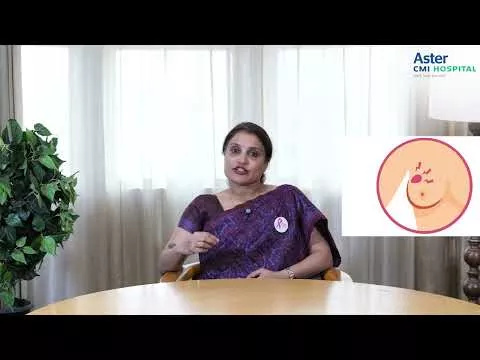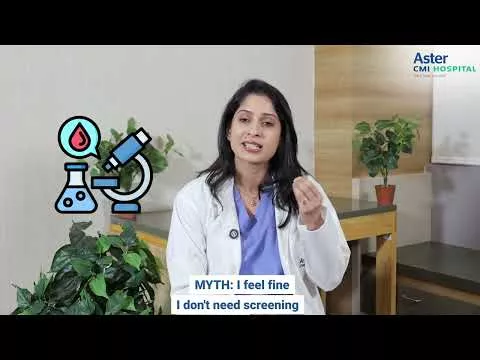More than 90% of people who have discomfort caused by cervical disc disease will eventually feel better on their own with normal therapies. However, surgery will only be helpful if the symptoms become so bad that you start to lose strength in your arms and/or legs or if other therapies do not work. This condition is termed myelopathy/radiculopathy.
The abnormality in one or more discs becomes the major reason for cervical disc disease. Neck pain from inflammation or muscular spasms might result from a damaged disc brought on by degenerative disc disease or another unknown cause. In extreme circumstances, the spinal cord or cervical nerve roots may be impacted.
What is cervical spine surgery and procedures?
Cervical spine surgery is typically performed on an elective basis to address one of the following conditions:
- Instability in the spine (fusion surgery)
- Spinal/nerve impingement (decompression surgery)
As decompression may destabilise the spine and necessitate fusion to add stability, the two procedures are frequently combined. The spinal construct can also benefit from the application of spinal instrumentation, such as tiny plates/screws and rods.
The doctors approach the cervical spine in one of two ways: front (anterior approach) or back (posterior approach). In general, most surgeons prefer an anterior approach whenever it is feasible for the majority of diseases.
An anterior technique makes it simpler to retain the spine's natural position and causes less disruption of the usual muscles.
For instance, many spinal degenerative disorders result in the loss of normal lordosis (mild curvature of the spine), but lordosis can be restored by opening up the front of the spine. However, some diseases do call for a posterior approach or an anterior–posterior combination method.
Complications
Although cervical spine surgery has a very high likelihood of success, there have been some reported side effects.
The most frequent neck surgical consequence is a dural tear, which is a tear in the membrane that surrounds the spinal cord, but its overall incidence is very low—0.77%. The second most frequent consequence, with a cumulative incidence of only 0.42%, is C5 palsy, which causes temporary paralysis of one or both arms.
While complications are normally relatively uncommon, depending on the type of neck surgery you undergo, you can be more susceptible to some difficulties.
For instance, oesophagal problems following neck surgery are common. Patients who have an anterior cervical discectomy and fusion are more likely to experience oedema of the pharyngeal wall, laryngeal nerve damage and dysphagia (difficulty swallowing). Even though those oesophagal issues might not be alarming on their own, they might result in aspiration pneumonia, which can be lethal.
Although complications from cervical surgery are relatively rare, research says that individuals with cervical myelopathy have greater fatality rates related to surgery than individuals without myelopathy. A disorder known as cervical myelopathy causes compression of the spinal cord in the neck area.
Myelopathy can lead to different post-operative problems, which can interfere with the body's essential functioning. In very extreme situations, this could lead to death. Therefore, myelopathy can indirectly contribute to intra-operative death.
Other factors of concern
The best thing you can do to improve the success rate of your surgery is to talk to our best neurosurgeon in Kerala (?spine surgeon) about the advantages and disadvantages of the surgery before you undergo it.
Each patient is different, and meticulous preoperative preparation is essential for successful surgery. In addition to any additional comorbidities, such as smoking, diabetes and mental illnesses, it is crucial to assess the spine's pathology, which is the origin of the disease or disorder. Patients should talk to their surgeon about their problems and how they may affect both the likelihood of postoperative complications and the outcome of the fusion.
Recovering From Cervical Disc Surgery
After undergoing cervical disc surgery, you will be able to move around after a few hours and leave the hospital either that same day or the next morning. The pain you experience after surgery should subside with time.
After surgery, the fusion can take three months to a year to solidify, and throughout that period, you might still experience some problems. For the first four to six weeks, your doctor might advise you to wear a cervical collar to support your neck. Eating a balanced diet, quitting smoking, exercising frequently and maintaining good posture can all hasten the process. Discuss what exercises you should perform with your surgeon in order to learn the right ones before you plan to do them.
FAQs
1. What should you refrain from after doing cervical spine surgery?
You must refrain from bending and twisting your neck. Additionally, you should refrain from pushing, dragging or lifting and other physical activity.
2. How long does pain last after cervical neck surgery?
After surgery, expect neck pain for one to two weeks at the area of incision, possibly extending to the shoulder.
3. Are you allowed to move your neck after cervical fusion?
Following surgery, gentle stretching and regular movement will help rebuild the muscles around the vertebrae and strengthen your neck.
4. Are there permanent restrictions after cervical fusion?
There is no restriction on activity six to eight months after spinal fusion surgery.
5. What are the signs of a failed cervical fusion?
Continued spinal stenosis pressure, recurring or persistent disc illness at adjacent levels, scar tissue formation, instability or aberrant movement and other symptoms can indicate failure of the surgery






